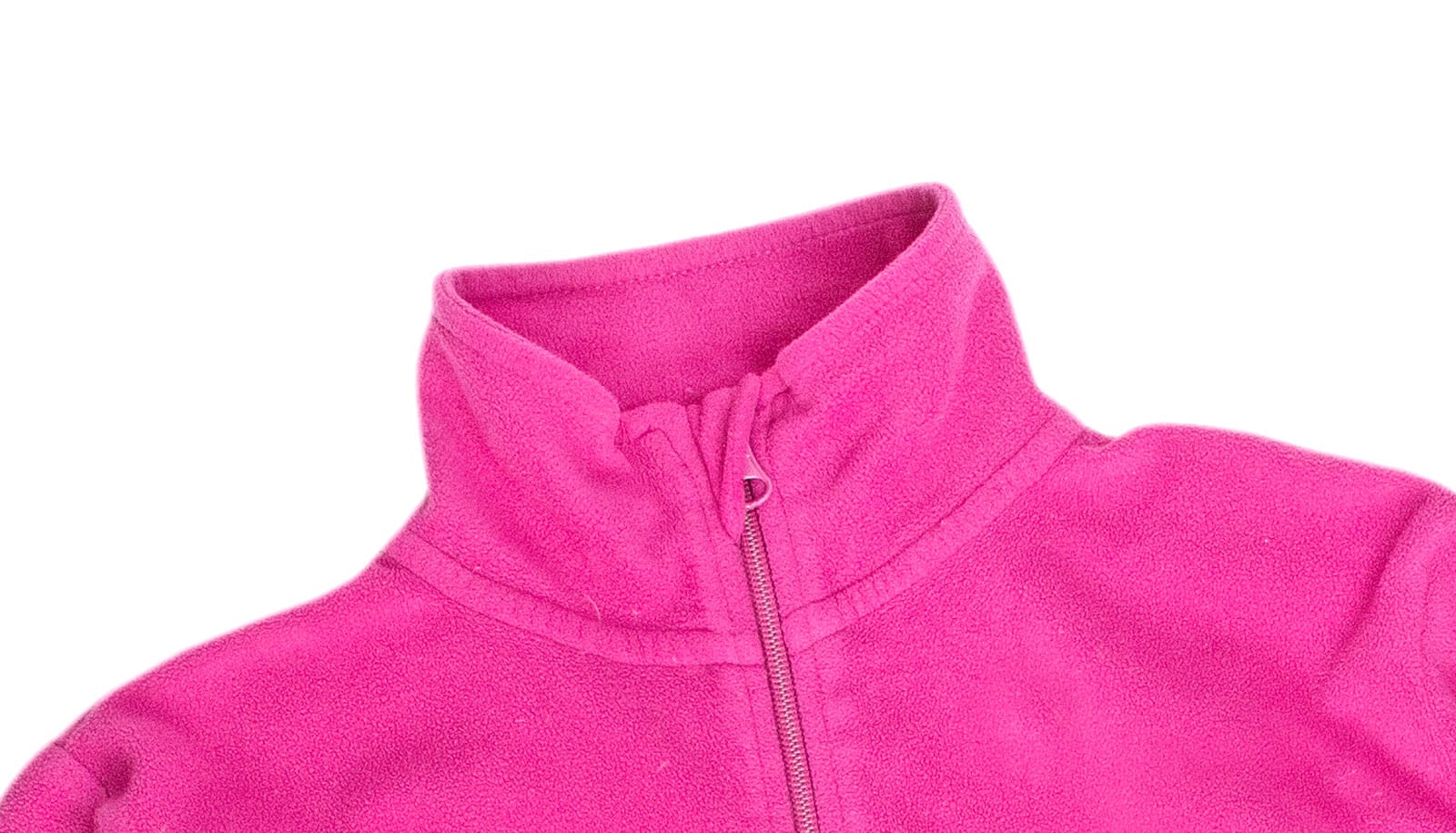Microfibers are one of the biggest contributors to ocean pollution. New research clarifies how washing fleece jackets contributes to the problem.
A type of microplastic—similar to the vilified and widely banned microbeads—microfibers are potentially more problematic for the ocean and other waterways. They are not only denser, able to sink while microbeads and other plastics float, but also able to pass through nets and filtration systems that catch larger plastic pollutants.
“…around 100,000 of these fibers can be released from a single jacket in each wash.”
And, as with other microplastics, they are commonly mistaken for food by myriad marine life, disrupting feeding and digestion.
Graduate students at the University of California, Santa Barbara’s Bren School of Environmental Science & Management collaborated with Patagonia to develop a protocol the apparel industry can use to better understand microfiber pollution and its impacts, and establish steps to mitigate it.
The team employed filters to capture and quantify fibers from machines that washed the polyester-based garments. They then undertook a series of tests.
Among their results:
- Top-loading washers cause more shedding than front loaders;
- aged jackets shed more than new ones;
- and high-end jackets shed less than the budget variety they tested.
“We found, by our estimates, that around 100,000 of these fibers can be released from a single jacket in each wash,” says Niko Hartline, first author of the paper. “Other studies are coming out with larger numbers, so there is a huge range in what people have been finding. But 100,000 was consistent across the jackets that we washed—and that was quite a bit more than what was found previously.
“The unique impact that microplastics have as a pollutant is their access to the lowest trophic levels of the ocean and water bodies in general—filter feeders of all sorts are getting these things lodged in their gut,” Hartline adds. “From there what it does is questionable … The focus will likely move toward quantifying or at least describing the impact that microplastics have in the environment. We will probably see more of that research surface in the coming years.”
New test for waterways finds crazy list of pollutants
Hartline and his co-researchers suggested future studies could examine how washwater temperature, wash-cycle length, clothing construction, and detergent type may affect fiber shedding.
Meanwhile, Professor Patricia Holden sees parallels to other areas of research, and ways forward to manage the problem. “Synthetic microfibers, like engineered nanomaterials, are being emitted from consumer goods into waste streams,” she says. “When textiles have embedded nanomaterials, they go with the fibers. Improving removal in waste treatment systems could be an important path forward to address both concerns.”
The work appears in the journal Environmental Science & Technology.
Source: UC Santa Barbara



